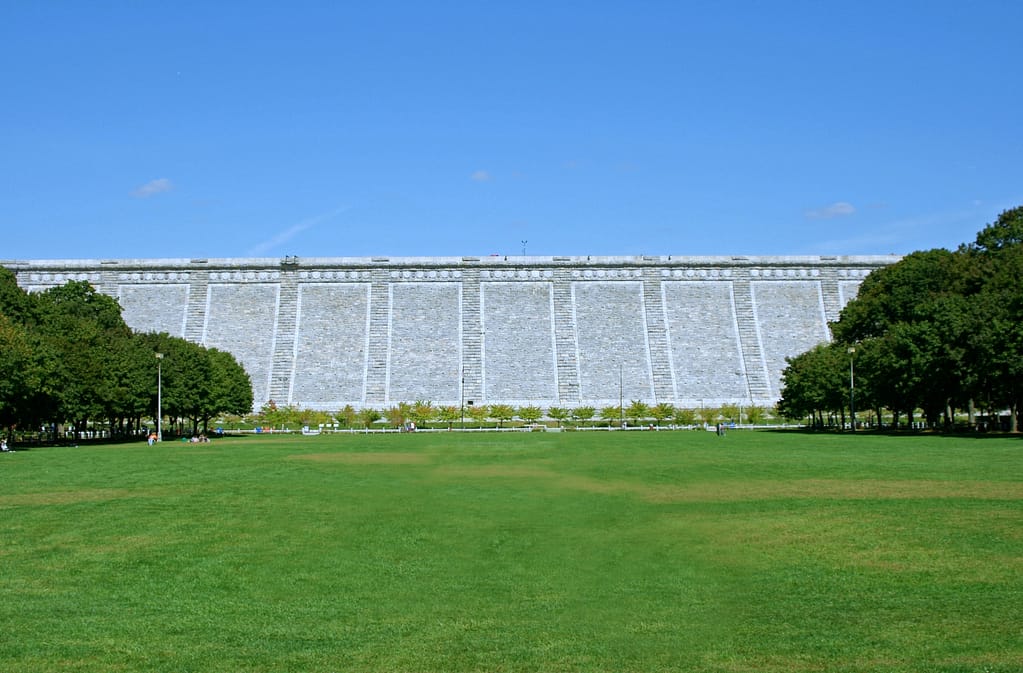Effects of dams and urbanization on fish diets

Both dams and watershed urbanization can impact the richness and abundance of both predators and their prey in aquatic ecosystems. The Bronx River is greatly impacted by both. Fish in the Bronx river, including alewife and American eel, which are of conservation importance, rely on aquatic macroinvertebrates as a food source.
Little is known about how dams and urbanization impact the trophic interactions between fish and macroinvertebrates, and understanding these dynamics within the Bronx River may be key for successful restoration of important fish populations.
Population genetics of ecologically sensitive species in the Bronx River
The recolonization of restored aquatic ecosystems requires nearby source populations of ecologically sensitive taxa (e.g. caddisflies, mayflies, and stoneflies). However, what about populations in extremely urbanized watersheds like the Bronx River? We will be using population genetics techniques to explore the connectivity between populations of aquatic insects in the Bronx River both downstream and upstream of the Kensico Reservoir.

Aquatic insect refuges in the Bronx River

Urbanization and impervious surfaces in cities have been shown to negatively impact stream health in predictable ways. Runoff from impervious surfaces changes the physical and chemical makeup of watersheds which negatively impacts in-stream habitats, reducing the ability of the stream to support aquatic insects and other macroinvertebrates communities. However, urban impacts are not necessarily homogenous across cities or even within watersheds. We study the aquatic insect and macroinvertebrate communities across within the highly urbanized Bronx River to identify potential refugia for ecologically sensitive aquatic insects.